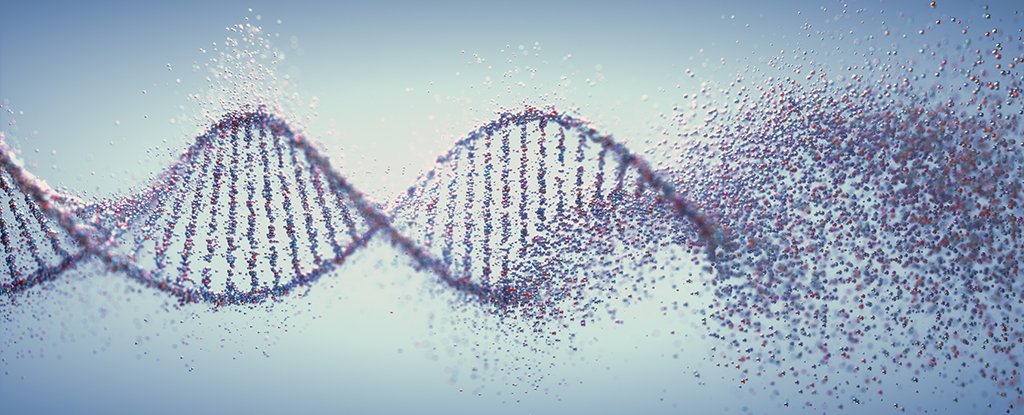Products You May Like
How life originated on Earth continues to fascinate scientists, but it’s not easy peering back billions of years into the past. Now, evidence is growing for a relatively new hypothesis of how life began: with a very precise mix of RNA and DNA.
RNA and DNA both determine the genetic make-up of all biological life, with DNA acting as a genetic blueprint and RNA as a blueprint reader or decoder. For a long time, it was thought that RNA developed on Earth first, with DNA evolving afterwards – but mounting evidence suggests they may have emerged at the same time and both been involved in kickstarting life on the planet.
A 2021 study backed up this idea by explaining how the simple compound diamidophosphate (DAP) – which may have predated life on Earth – can knit together DNA building blocks called deoxynucleosides into basic DNA strands.
“This finding is an important step toward the development of a detailed chemical model of how the first life forms originated on Earth,” said chemist Ramanarayanan Krishnamurthy form Scripps Research in California back in January 2021.
The findings add credence to the idea that both DNA and RNA developed together from the same sort of chemical reactions at the beginning of life on our planet, and that the first self-replicating molecules could have been mixes of both these nucleic acids – not just RNA, as suggested in the more established ‘RNA world‘ hypothesis.
One of the big issues with the idea that RNA alone gave rise to life on Earth is how RNA was able to go through the necessary self-replication process – RNA usually requires enzymes to split, which evolved after RNA.
From what we know so far, it seems that RNA had some kind of helping hand in engineering life – and the latest experiments show that DNA could well have been it, creating “chimeric” molecular strands that can separate more easily than RNA alone.
The series of lab tests run by the researchers simulated what might have happened before the beginnings of life on Earth, and show how DAP could have feasibly formed basic DNA in much the same way as RNA can come together from chemical building blocks.
“We found, to our surprise, that using DAP to react with deoxynucleosides works better when the deoxynucleosides are not all the same but are instead mixes of different DNA letters such as A and T, or G and C, like real DNA,” said chemical biologist Eddy Jiménez, from Scripps Research.
We may never know for sure whether DNA helped RNA to form the first lifeforms on our planet, considering this happened billions of years ago, but our understanding of these processes continues to develop.
The research isn’t just useful in terms of how it relates to the origins of life, either – insight into the RNA-DNA relationship can have a whole host of applications in modern chemistry and biology.
“Now that we understand better how a primordial chemistry could have made the first RNAs and DNAs, we can start using it on mixes of ribonucleoside and deoxynucleoside building blocks to see what chimeric molecules are formed – and whether they can self-replicate and evolve,” said Krishnamurthy.
The research was published in Angewandte Chemie.
A version of this article was first published in January 2021.
